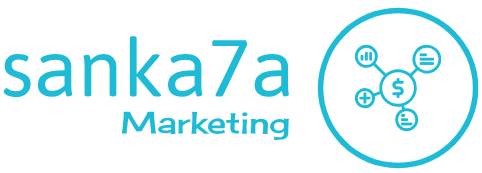Understanding the Scope of Your CSR Program
Before even considering certification, thoroughly define your Corporate Social Responsibility (CSR) program. What specific areas are you focusing on? Environmental sustainability? Ethical sourcing? Community engagement? Clearly outlining your goals, targets, and the metrics you’ll use to measure success is crucial. A well-defined scope ensures your certification process is targeted and effective, avoiding the pitfall of trying to be everything to everyone. This foundational step forms the backbone of a successful certification journey.
Selecting the Right Certification Standard
There’s no one-size-fits-all CSR certification. Various standards exist, each with its specific requirements and focus. Some focus on environmental impact, others on social responsibility, and some offer a holistic approach. Research different standards like ISO 26000, B Corp, GRI, and others relevant to your industry and company size. Consider your specific CSR goals and choose a standard that aligns with your priorities and resources. A poorly chosen standard can lead to wasted time and effort.
Building a Strong Internal CSR Culture
CSR isn’t just a box-ticking exercise; it needs to be embedded in your company culture. Employees at all levels need to understand and embrace your CSR commitments. Training programs, clear communication, and opportunities for employee involvement are key. A strong internal culture fosters genuine commitment, ensuring sustainable practices long after the certification process is complete. This internal buy-in significantly strengthens the credibility of your certification.
Thorough Documentation and Data Collection
Certification requires extensive documentation. Keep meticulous records of all your CSR activities, including data on emissions, waste management, supply chain practices, community involvement, and employee well-being. Accurate and readily available data is essential for demonstrating compliance with the chosen standard. Invest in a robust data management system to streamline the process and avoid last-minute scrambling for information. This proactive approach simplifies the audit process.
Choosing a Reputable Certification Body
The credibility of your certification hinges on the reputation of the certifying body. Research different certification bodies, looking at their experience, accreditation, and the rigor of their auditing processes. Select a body that aligns with your industry and the chosen standard. Opting for a reputable body ensures the integrity of your certification and enhances its value in the eyes of stakeholders. Transparency and a clear auditing process are key indicators of a credible body.
Preparing for the Audit Process
The audit is a crucial step. Prepare thoroughly by reviewing all your documentation, ensuring it’s complete, accurate, and readily accessible. Designate a point person to coordinate with the auditors. Familiarize your team with the audit process and expectations. A well-prepared company can navigate the audit smoothly, minimizing disruptions and maximizing the chances of successful certification. Proactive preparation reduces stress and ensures a positive experience.
Continuous Improvement and Post-Certification Monitoring
CSR certification isn’t a one-time event; it’s an ongoing process. Regularly review your performance against your stated goals and targets. Identify areas for improvement and implement corrective actions. Many standards require ongoing monitoring and reporting. Continuous improvement demonstrates your long-term commitment to CSR and strengthens your brand reputation.






![Everything You Need to Know Hermes’ [Bag Name] Everything You Need to Know Hermes’ [Bag Name]](https://images.unsplash.com/photo-1507666664345-c49223375e33?fm=jpg&q=60&w=3000&ixlib=rb-4.0.3&ixid=M3wxMjA3fDB8MHxzZWFyY2h8MTN8fGhlcm1lcyUyMHBhcmlzJTIwYmFnfGVufDB8MHwwfHx8Mg%3D%3D)





